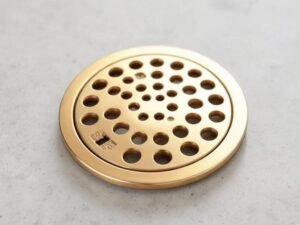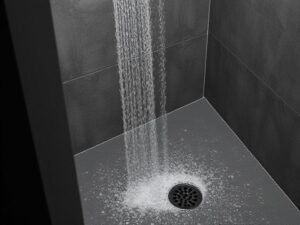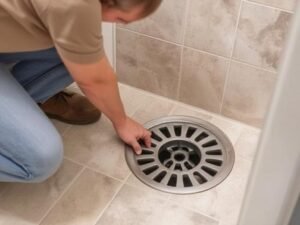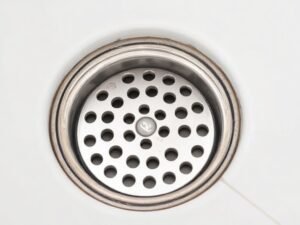A shower with poor drainage is not just an inconvenience, but it can also lead to significant damage over time, such as mold growth and water stains. If you’re experiencing water pooling or slow drainage in your shower, don’t panic. There are several effective solutions to restore proper drainage and maintain a clean, functional shower space. This guide will walk you through six practical methods to fix a poorly drained shower, ensuring your bathroom remains in top shape.

Table of Contents Poorly Drained Shower
- 1. Identify the Cause of Poor Drainage
- 2. Clean the Drain
- 3. Clear the Drainpipe of Clogs
- 4. Upgrade Your Shower Drain
- 5. Relevel the Shower Floor
- 6. Install a Sump Pump for Extra Drainage
- Summary
1. Identify the Cause of Poor Drainage
Before you can fix your poorly drained shower, it’s important to pinpoint the root cause. Identifying the source of the issue will determine which method is most effective. The primary causes of poor shower drainage are:
- Clogged Drain: Hair, soap scum, and debris are common culprits that block your drain.
- Shower Floor Slope Issues: If the shower floor is not properly sloped towards the drain, water can pool in certain areas.
- Drainage System Problems: Issues with the plumbing or the drainpipe itself can result in slow drainage.
Once you’ve identified the issue, you can select the appropriate fix to improve water flow and restore proper drainage.
6 Steps to Unclog a Shower Drain with Standing Water Naturally
2. Clean the Drain
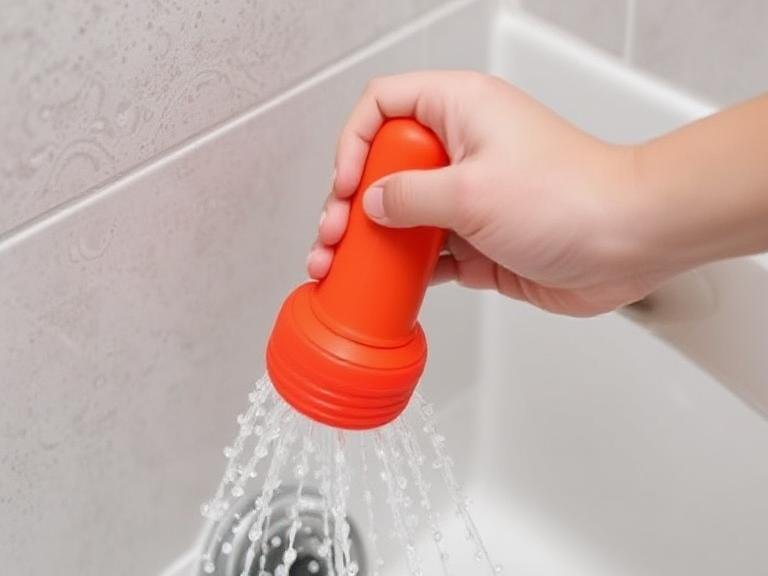
A dirty or clogged drain is the most common cause of poor drainage in showers. Over time, hair, soap, and other debris build up and clog the drain. Cleaning the drain is the first step in fixing this issue. Here’s how to do it:
- Remove the Drain Cover: Use a screwdriver to remove the drain cover carefully.
- Clean the Drain: Use a drain snake or a pair of tweezers to pull out any visible debris. If the clog is deeper, consider using a drain cleaning solution.
- Flush the Drain: Pour hot water down the drain to clear any remaining buildup. You can also use a mixture of baking soda and vinegar for a natural cleaning solution.
Regular maintenance is key to avoiding clogs, so clean your drain every few months to keep things running smoothly.
3. Clear the Drainpipe of Clogs
If cleaning the drain itself doesn’t solve the problem, there may be a deeper clog in the drainpipe. To clear the drainpipe:
- Use a Plumbing Snake: A long, flexible snake can be pushed into the drainpipe to remove deep blockages.
- Apply a Commercial Drain Cleaner: Use a high-quality drain cleaner if the snake doesn’t work. Be sure to follow the manufacturer’s instructions for safety.
- Call a Professional: If the clog is extensive and hard to remove, consider hiring a plumber to assess the situation and clear the pipes.
Clearing drainpipe clogs will ensure that water flows freely and reduces the risk of future drainage issues.
4. Upgrade Your Shower Drain
If your shower drain is outdated or poorly designed, it might not be effectively handling water flow. Upgrading your drain can be a great way to fix a poorly draining shower. Consider the following types of shower drains:
- Standard Type Shower Drain: Basic, cost-effective drains that work well in most setups.
- Odor-Resistant Type Shower Drain: These drains are designed to prevent unpleasant odors from escaping, while still offering solid drainage.
- Invisible Shower Drain: A modern design that blends seamlessly with the floor, ideal for contemporary bathrooms.
- Linear Wall Shower Drain: A sleek and functional drain placed along the wall, providing efficient water flow and aesthetic appeal.
Upgrading to one of these advanced drain systems can greatly enhance the drainage capability of your shower, especially if the current drain is insufficient.
5. Relevel the Shower Floor
One of the main reasons for poor drainage in showers is an improperly sloped floor. If the floor isn’t sloped correctly towards the drain, water will pool in certain areas. Here’s how to fix it:
- Check the Slope: Use a level to check the slope of the floor. The shower floor should be sloped at a slight angle (1/4-inch per foot) towards the drain.
- Rebuild the Floor: If the slope is incorrect, you may need to remove the existing floor tiles and rebuild the base with a proper slope. You can use a mortar bed to create the correct incline.
- Hire a Professional: If you’re unsure how to relevel the floor, it’s best to hire a professional contractor to ensure it’s done correctly.
Proper floor slope is essential for efficient drainage. Releveling the floor will help water flow directly towards the drain, preventing puddles and standing water.
6. Install a Sump Pump for Extra Drainage
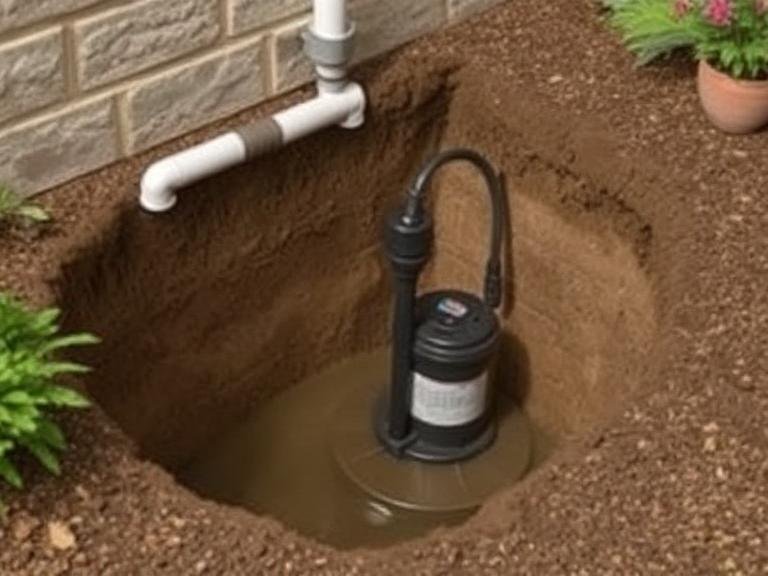
If your shower is located in an area with poor natural drainage (such as a basement), installing a sump pump may be the solution. A sump pump can help remove excess water and direct it away from your shower area. Here’s how to install one:
- Choose the Right Pump: Select a sump pump that is appropriate for your shower size and water volume.
- Install the Pump: Place the pump in a low area of the shower and connect it to a drainage pipe that leads outside or to your home’s plumbing system.
- Test the Pump: Run the pump to ensure it effectively removes water from the shower area.
A sump pump provides an added layer of protection against drainage problems, especially in challenging locations.
Summary Here’s a quick summary of the six ways to fix a poorly drained shower:
| Fix | Description |
|---|---|
| Identify the Cause | Determine if the issue is a clogged drain, incorrect slope, or a plumbing problem. |
| Clean the Drain | Regularly clean the drain to remove hair, soap scum, and debris. |
| Clear the Drainpipe | Use a plumbing snake or commercial drain cleaner to remove deep clogs in the pipe. |
| Upgrade Your Shower Drain | Consider installing a more efficient or modern drain to improve drainage. |
| Relevel the Shower Floor | Ensure the floor is properly sloped towards the drain to prevent water pooling. |
| Install a Sump Pump | Install a sump pump to remove excess water if your shower is in a low-drainage area. |

